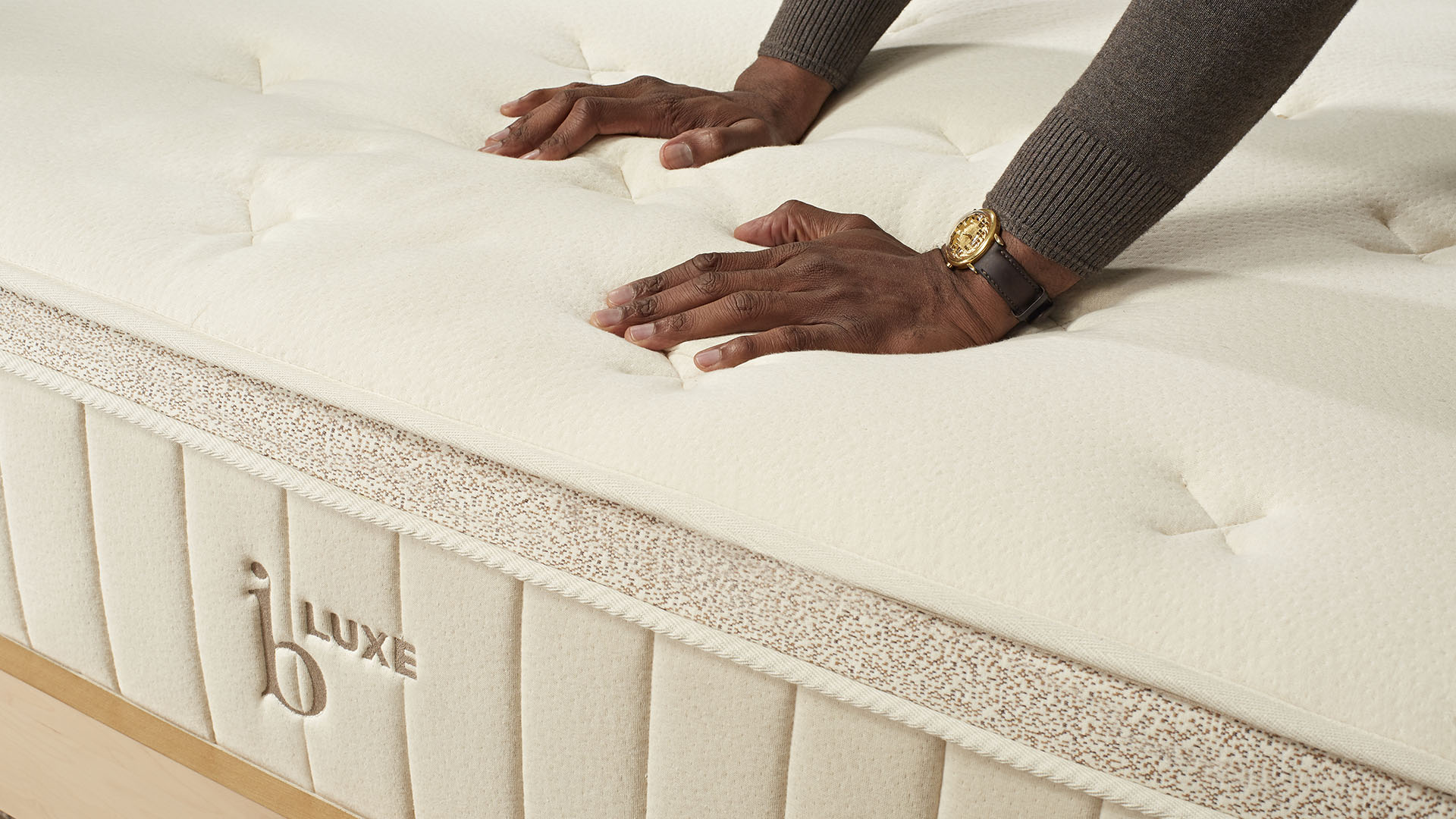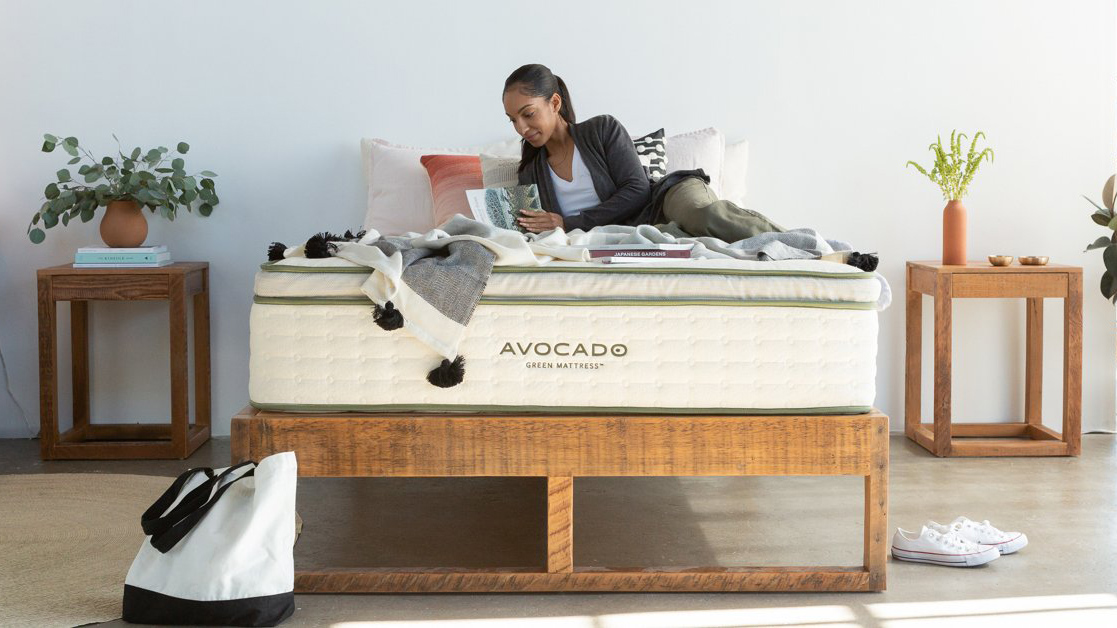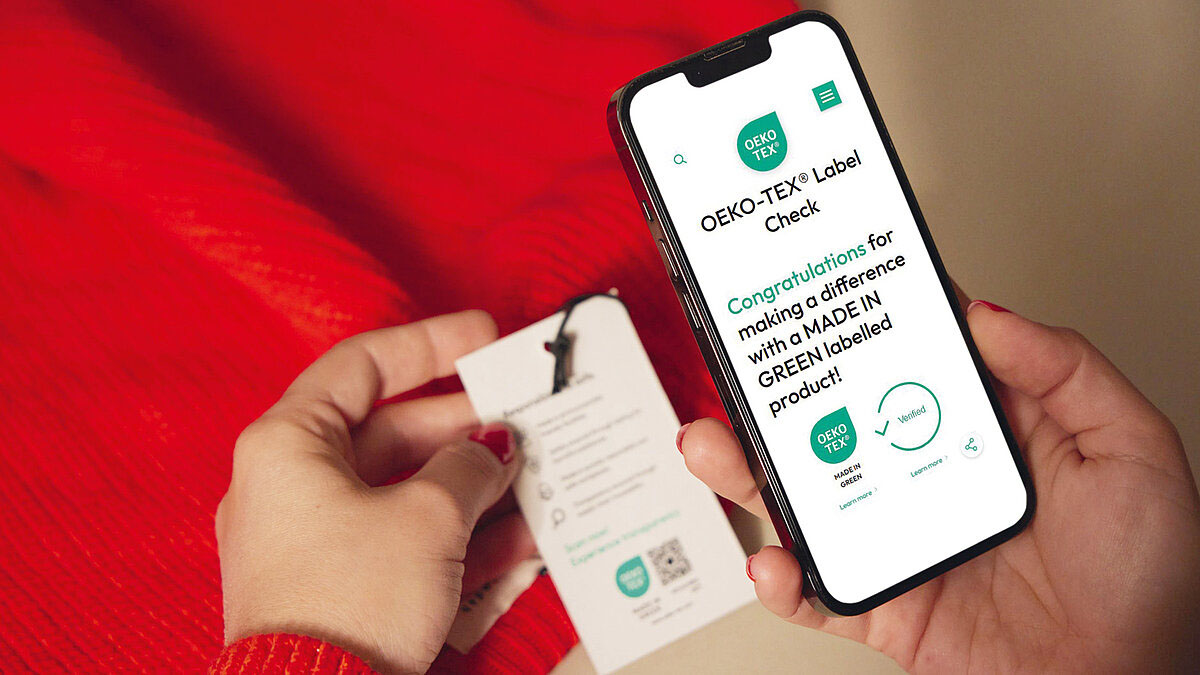What is OEKO-TEX Standard 100 and what does it mean for my mattress?
The OEKO-TEX Standard 100 certification ensures mattresses don't contain harmful or dangerous substances — here's how

When shopping for the next best mattress for healthy sleep, you may have come across the various mattress certifications attached to certain beds and products.
These are in place to ensure manufacturers are producing mattresses safely, responsibly and ethically.
One label you’re likely to see is the OEKO-TEX Standard 100. This is awarded to brands whose textiles have been lab tested and cleared of harmful substances.
But how does this differ from other labels and what can you expect from an Oeko Tex certified mattress?
We’re taking a closer look at this label, why it’s important, what it means and what kind of mattresses are likely to have it.
What is OEKO-TEX standard 100?
The OEKO-TEX Standard 100 is a certification used to determine whether textiles are safe for human health. It tests products for over 1,000 harmful substances, such as heavy metals and pesticides.
The certification is only awarded to a textile after every single material within the product has been tested and cleared for harmful substances, and it has passed international regulations.
Get instant access to breaking news, the hottest reviews, great deals and helpful tips.
For mattresses, this means everything from the foams and springs to the thread in the stitching is assessed.

Different product classes determine how strict the testing criteria should be, depending on how much close contact the product has with humans. The closer the product is to skin contact, the stricter the regulations.
As you can imagine, mattresses are under very strict regulations. Below is a breakdown of these classes.
Product class | Applies to | Example products |
|---|---|---|
1 | Products for babies | Baby clothing |
2 | Products designed for extensive direct skin contact | Mattresses, shirts, underwear |
3 | Products designed for minimal / no direct skin contact | Jackets, belts |
4 | Decorative materials | Curtains, tablecloths |
Why OEKO-TEX Standard 100 certification is important in mattresses
When shopping for a new mattress, an OEKO-TEX Standard 100 label can help you recognize that your bed is not only safe, but also sustainable and eco-friendly. It will also prove that a mattress brand isn’t greenwashing.
Ensuring these harmful substances aren’t present in the mattress is not only beneficial to your health, it also prevents these toxic chemicals from being released into the atmosphere or damaging the environment and eco system.

Seeking OEKO-TEX certification encourages manufacturers to responsibly source materials and ensure their production practices protect natural resources.
If not properly regulated, mattress production can often damage the environment. This is because memory foam is a chemical product that can release harmful VOCs (volatile organic compounds.)
So, if your mattress has an OEKO-TEX Standard 100 label, you can rest assured knowing that the impact on the environment and human health has been limited.
What mattresses have the OEKO-TEX Standard 100 label?
Most mattresses that have the OEKO-TEX Standard 100 label are organic, natural beds. Almost all of our top picks in this year’s best organic mattress guide have the OEKO-TEX certification, thanks to their natural materials.
For example, the Avocado Green mattress has the following certifications to minimize its impact on the environment and human health: Global Organic Latex Standard, the Global Organic Textile Standard, OEKO-TEX, Greenguard Gold, B Corp, and Climate Neutral.

In fact, the Avocado Green mattress was the first innerspring mattress to achieve the OEKO-TEX Standard 100 certification in America, which shows just how thorough the lab testing is.
However, even the best memory foam mattresses will struggle to achieve this label because of the chemicals used in foam production.
What is OEKO-TEX Made in Green?
The Made in Green certification focuses on ethical, sustainable and socially responsible production practices in the textile industry.
As well as assessing toxic substance use — like the Standard 100 — Made In Green also measures environmental responsibility by monitoring chemical management and wastewater quality.
This indicates how the production of certain textiles has impacted the environment and eco system.
Alongside this, the manufacturer's ethical and moral standard is assessed, based on how well the workers on the production line are treated.
So, to achieve the Made in Green label, workers must be protected through fair wages, regular working hours and workplace safety.

What is OEKO-TEX Organic Cotton?
Cotton is commonly used in natural and organic mattresses as a soft, breathable mattress cover.
A common mattress certification to see in organic mattresses is GOTS (Global Organic Textile Standard), and the OEKO-TEX Organic Cotton label is very similar.
The OEKO-TEX Organic Cotton standard ensures no GMOs have been used and that the cotton contains no pesticides. This supports sustainability, soil health, regenerative farming and biodiversity.
This certification can be awarded if a textile is at least 70% organic cotton. However, mixtures of conventional and organic cotton are not allowed. This sets it apart from GOTS, which requires at least 95% of organic material to be certified.

Lauren is an experienced writer and editor in the health and lifestyle industry and has led many campaigns and projects that deliver news, advice, and research on all things sleep. As the Sleep Features Editor for Tom’s Guide, Lauren writes, commissions and edits sleep and mattress content, from in-depth how-tos in sleep and mattress health to interviews with doctors and neuroscientists on the latest news in sleep. Lauren regularly tests new sleep tech and accessories to evaluate their effectiveness for getting good quality sleep and easing specific sleep struggles like nighttime anxiety. Alongside this, Lauren reports on the best mattress brands out there, like Helix, Saatva, and DreamCloud, helping readers find the right mattress for them and the best deals on them.
You must confirm your public display name before commenting
Please logout and then login again, you will then be prompted to enter your display name.
